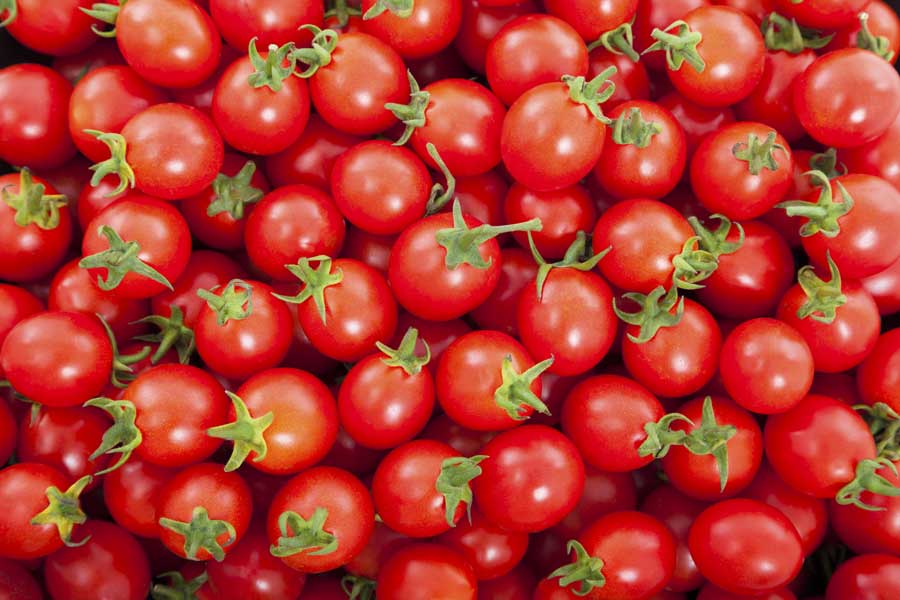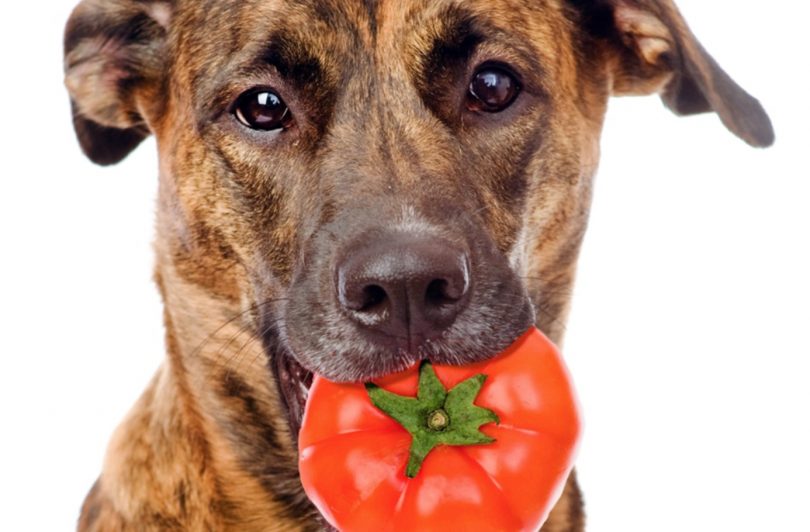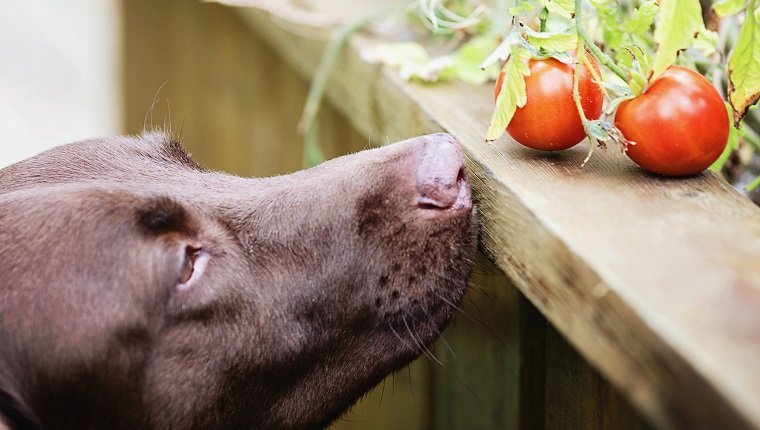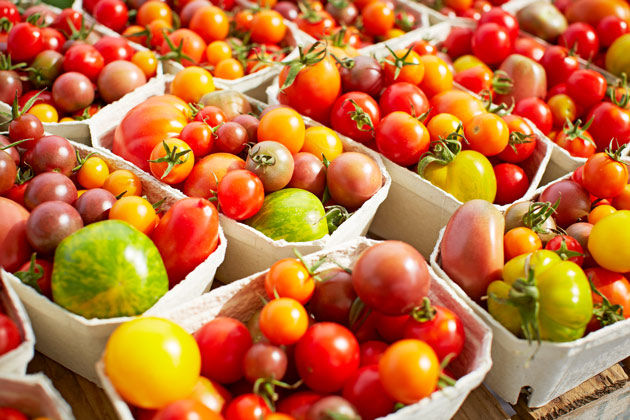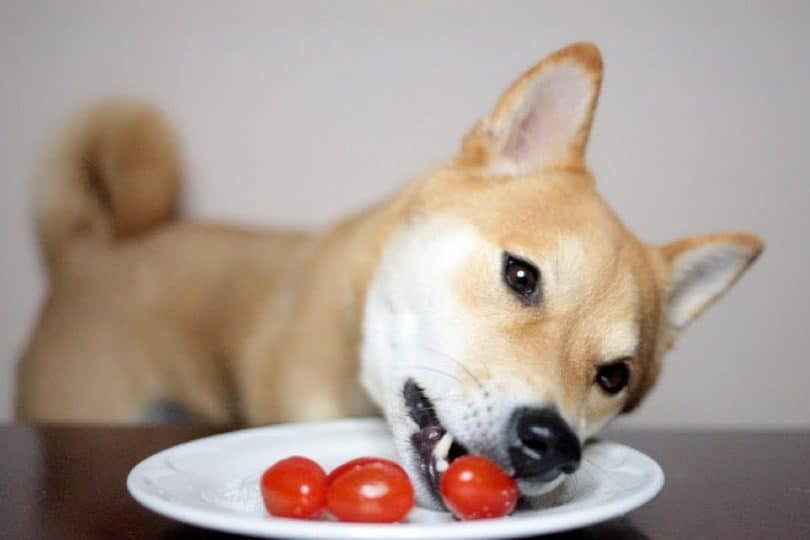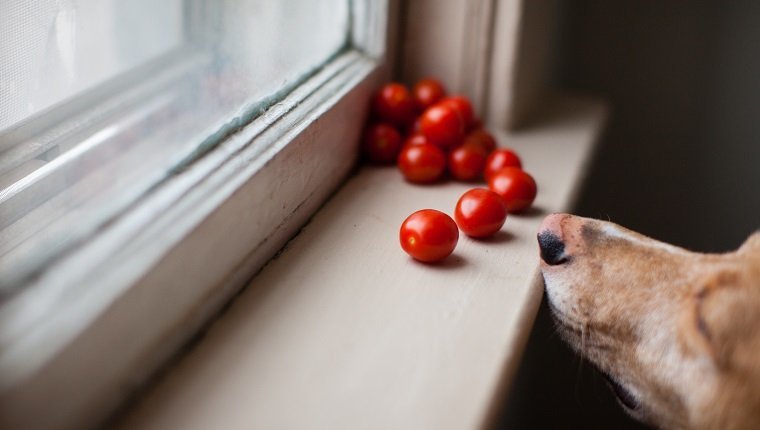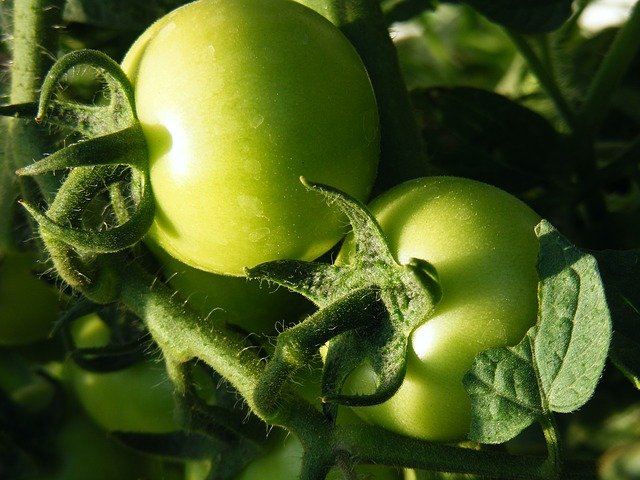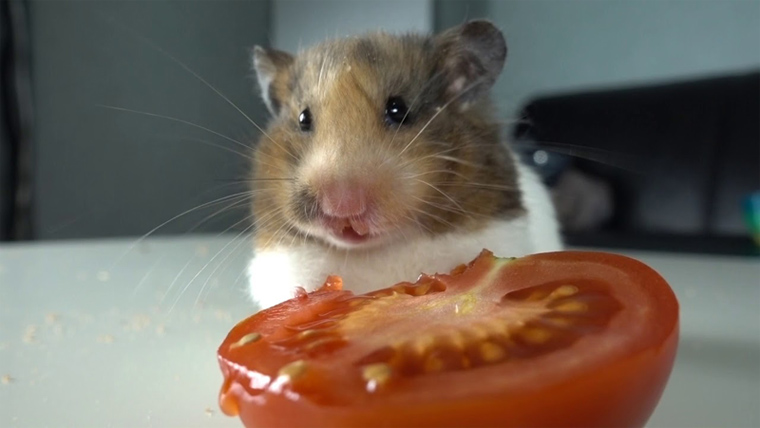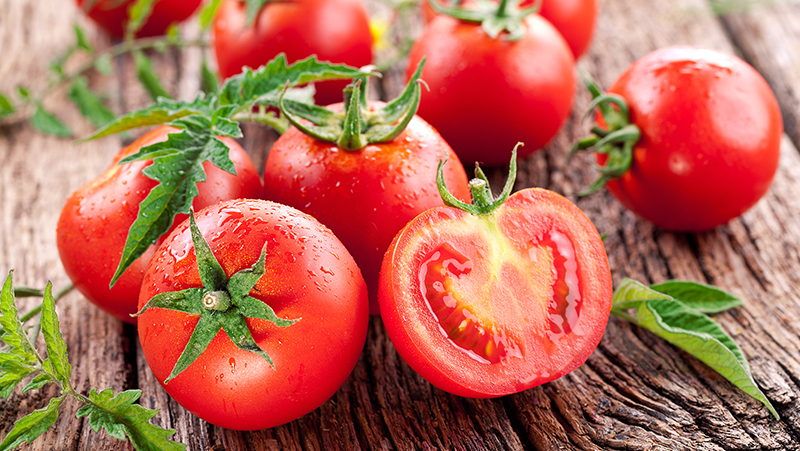Fruits and vegetables can indeed be added to the diet of your pet dog, although many of these are not obtainable in their native habitat. Nevertheless, not all vegetables and fruit are good for your dog, and some are even harmful. Is it true that dogs also eat tomatoes?
Tomatoes can be eaten by dogs, but only the ripe ones. dogs are poisoned by green tomatoes, leaves, or vines. Because tomatoes have high sugar content, eating a lot of them might induce loose feces and bloat in dogs. Tomatoes must only be used as a special treat for dogs, not as a regular part of their diet.
Are Tomatoes Beneficial to dogs?
There’s a distinction to be made between non-toxic and safe for a dog to consume. Consider it this manner: consuming gummy worms is indeed not toxic to a healthy individual, yet they are scarcely considered nourishing! Tomatoes, as you may expect, come into the area of being a decent food for a pet dog. This is especially true with ripe red meaty tomatoes.
Essential elements including calcium and phosphorus, and also vitamins notably vitamin A, are found in the red tomato flesh. Among the most prevalent deficiencies in reptiles include calcium and vitamin A deficiency.
Can you pet dog digest tomatoes?
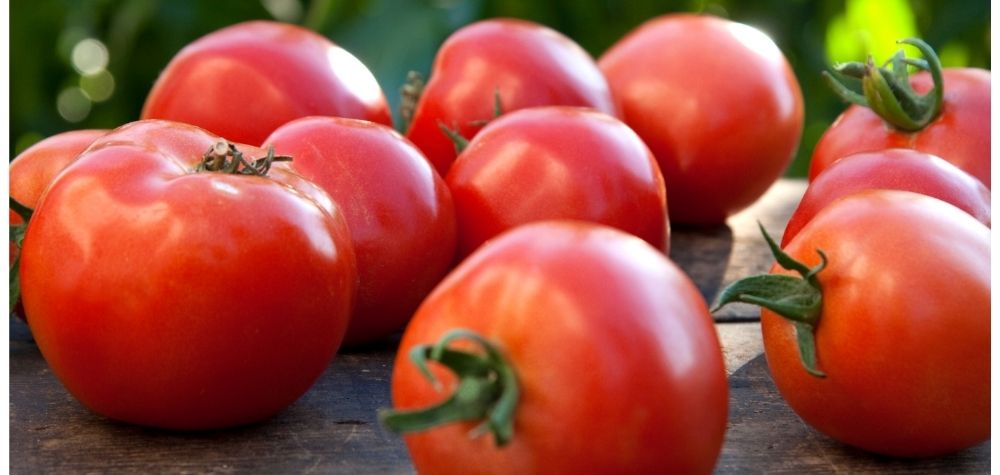
Only foods that are digestible expose their nutrients for digestion, and not all healthy foods can be absorbed by a dog’s body.
Tomatoes, fortunately, do not have enough fiber to go unprocessed through a dog’s body, nor do they have an indigestible peel that must be peeled before they can be eaten.
As a result, dogs are capable of digesting tomatoes and hence receive the valuable nutrients found in these delicious fruits.
Nevertheless, you must be cautious about which sections of the tomato you provide to your dog, as well as the ripeness of the tomato, how it was cultivated, and how much you feed them.
Reasons to feed or not to feed tomatoes
There seem to be two explanations to give tomatoes to a pet dog:
- Calcium, vitamin A, and water are all abundant in them.
- They’re delicious.
However
There are several reasons why you should not add tomatoes to your dog’s diet:
- Non-organic tomatoes must not be fed to your dog since they may contain chemicals that are detrimental to your dog.
- dogs must not be fed raw or unripe tomatoes since they are harmful to them.
- Since the tomato plant’s leaves and stems are harmful to dogs, one should avoid offering them to their pet.
- Tomatoes must not be fed in huge numbers to your dog since they can become harmful.
- If your dog is sick, don’t feed them tomatoes because they can cause inflammation.
Tomatoes ought to be a special treat for your dog, not a regular meal.
Why tomatoes are toxic for dogs?
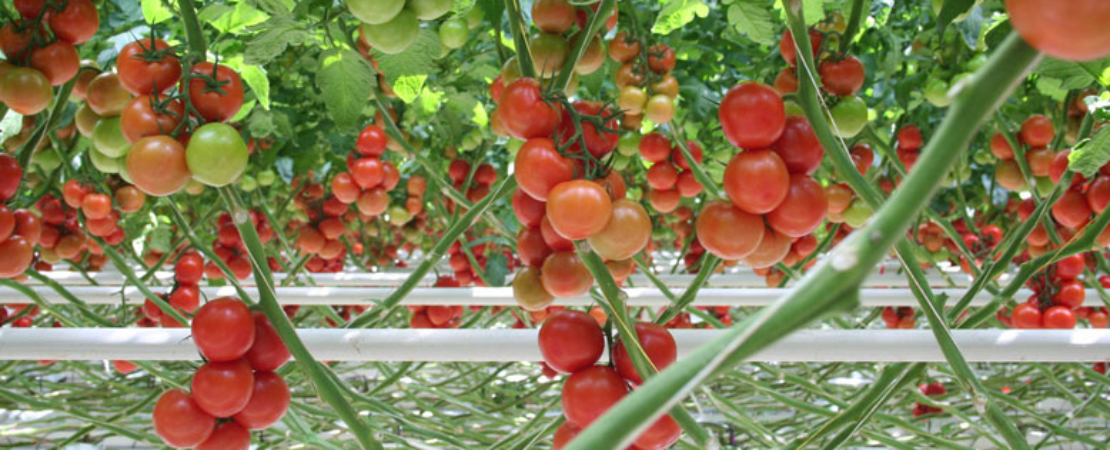
Tomatoes are a member of the lethal nightshade plant family. As they all include the alkaloid chemical solanine, this family is also known as Solanaceae, making this vegetable toxic to dogs. Because the tomatine content of the mature, red fleshy fruit of a tomato is minimal, it is safe for the dog to consume this section of the plant. Tomatine levels are significantly greater in the green flesh of a tomato plant, and also the leaves and stems. dogs are unable to consume tomato leaves as they contain high amounts of the toxic alkaloid tomatine. This is not good for dogs’ health.
Are tomatoes safe for box dogs to eat?
Box dogs can consume tomatoes, yet only the mature, red meaty fruit; green tomatoes, leaves, and stems must be avoided. You must also be cautious with the quantity. Only offer tomatoes to box dogs as a treat since they favor the high amount of sugar of tomatoes to other vegetables.
Should you give your baby dog tomatoes?
The size of a baby pet dog is usually rather small. It is simpler for them to consume a toxic dose of tomatine or dangerous sugar content in this situation. As a result, it is safer to avoid tomatoes till they are older and hence larger.
You must learn and understand about the dog species even before getting one. it will help you to treat your pet properly and help it grow healthily and happily.
